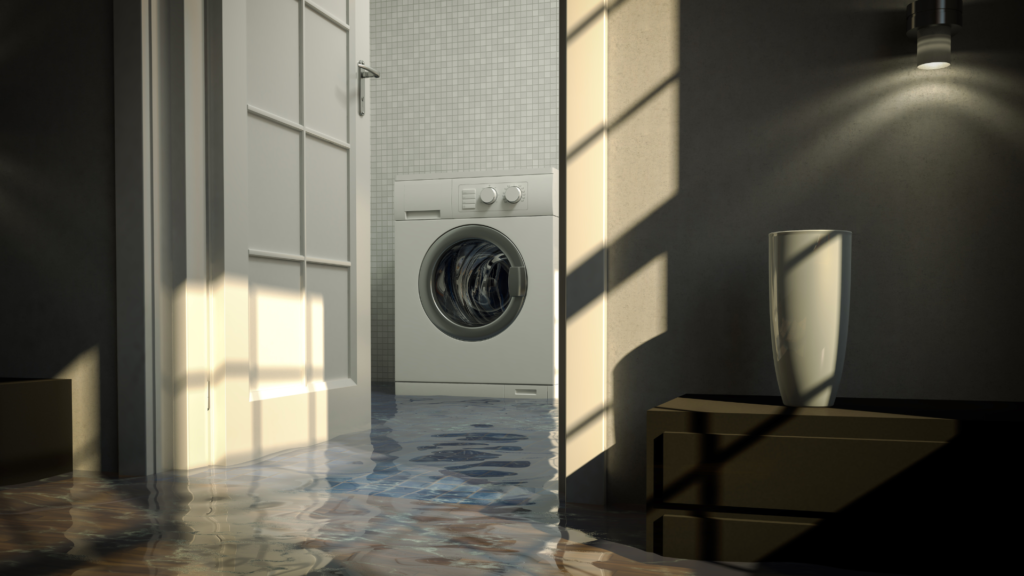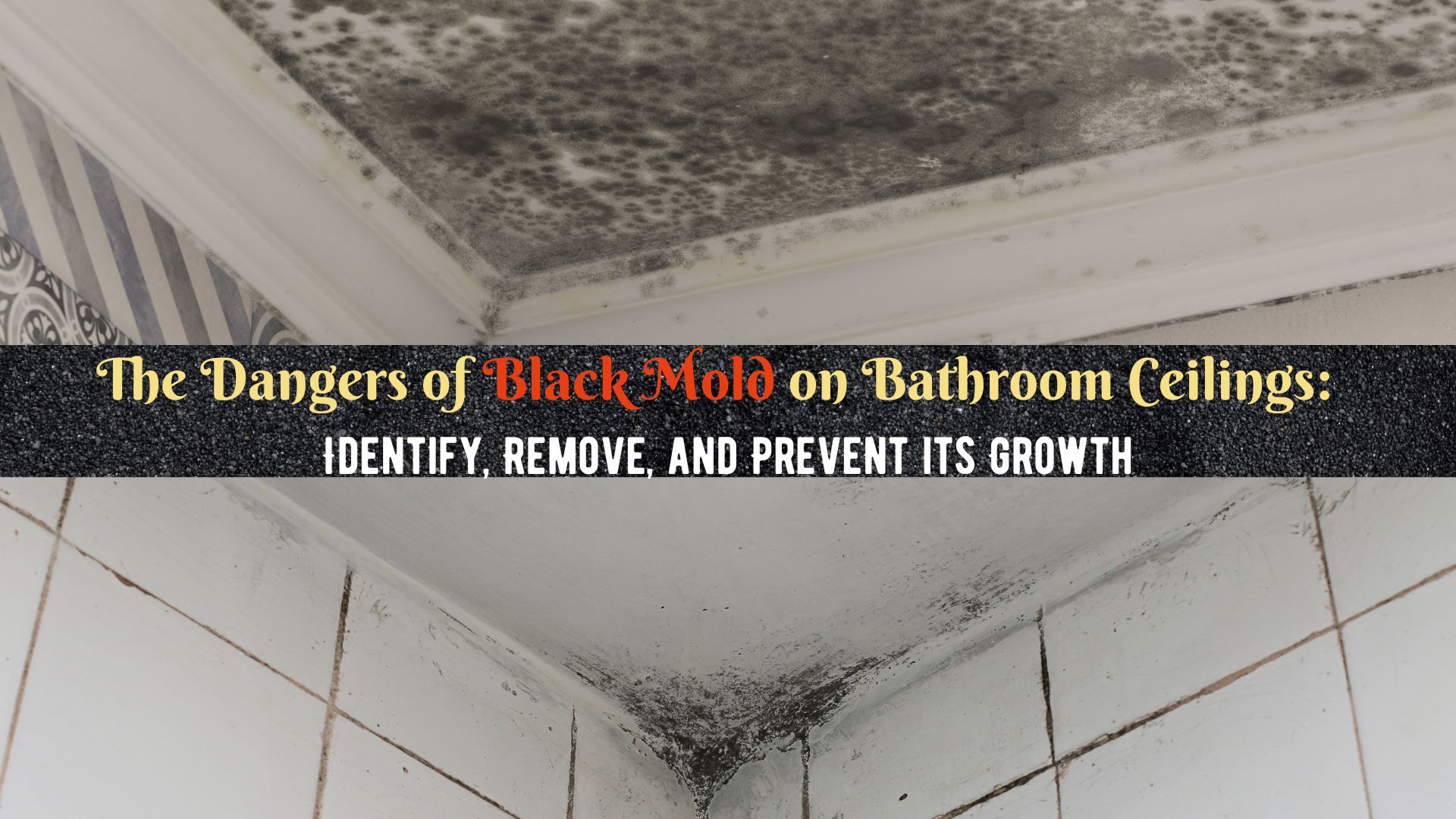Preventing Water Damage from a Washing Machine
Washing machines are one of the most leading sources of residential water loss that can cost around $5,000 for every incident after settling the deductibles. Fortunately, there are easy ways to prevent water damage from the washing machine. Keep an eye on your washer and follow these tips to avoid water damage in your laundry room and to keep you from spending thousands of dollars on repairs.
How To Prevent Water Damage from Washing Machine
1. Install A Water Leak Detection Device
Installing water leak detectors can help you prevent water damage from your washing machine. There are water leak devices that can send you alarms when your washing machine water valves leak or when the washer’s hose leaks. Also, some products automatically shut off water supplies to the washing machine when the sensor detected water leaks.
2. Do not overload your washing machine
Overloading washing machines with laundry will put more stress on their hoses and connections which can cause appliance failure and result in water leaking.
Read and follow the manufacturer’s manual about the load capacity of your washing machine. Distribute your clothes evenly and loosely. Doing this not only ensures that your clothes are cleaned properly but, also helps lengthen the life span of your machine and saves you money for costly repair.
3. Use the Proper Detergent
Pouring washing machines with a lot of detergents does not make your garments cleaner; instead, this can cause a build-up of residue inside your washer tube which can lead to clogging and washer overflow.
Use the right amount of detergent for your washing machine. Read your washer’s manual to know the right type and amount of detergent needed for each wash.
4. Check Water Supply Lines
This is the most common culprit of water damage in a laundry room. Water supply hoses run under pressure and this can cause hairline cracks, blisters, and loose connections. Make sure to check water supply lines (both hot and cold) regularly to see any signs of damage.
Consider replacing your damaged hoses with a new type of hose which is made of flexible plastic tubing covered in a stainless-steel braided exterior.
5. Replace Water Supply Hoses
Experts recommend replacing water supply hoses every five years to prevent serious water damage from a washing machine. Even if you don’t see any signs of damage, replace your water supply hoses. At times, the damage has already occurred on the inside of a hose and is not visible until the hose burst.
6. Check The Drain Hoses
Similar to your water supply lines, your washer’s drain hose may also experience wear and tear. Check it regularly to ensure that it is in good condition and tightly connected to the main drain line, especially if your washing machine drains water or agitates.
7. Leave Three to Four Inches of Space
Providing space between the wall and your washing machine helps prevent damage to your supply lines and drain hoses.
8. Don’t leave your Washer Unattended
Only do your laundry when you or someone from your household is at home to react when something goes wrong. Also, if your machine is not operating and/or you have to be on vacation for several days, turn off the valves to prevent any potential damage. It is also best to modify your shut-off valve with a single-level shutoff valve which you can open and close with one easy motion.
What To Do When Your Washing Machine Floods
If your washing machine started flooding your laundry room, begin cleanup immediately to mitigate the damage and prevent mold growth.
1. Turn off the water supply shut-off valve, even if the cause of the flooding is not a broken supply line or hose.
If necessary, turn off your main water supply line to stop the flooding. Then, turn off the electricity to your washing machine from the circuit breaker or if it is safe, unplug your washing machine and be careful not to expose the plug to the standing water.
2. Remove clothes and empty your washing machine.
Place your waterlogged clothes in a sink and dry them. Use bail to remove the water from your washer.
3. Remove any standing water.
You may use a wet-dry vacuum to remove most of the water from your room. But if the vacuum is not available, you can use towels and mops to soak up the remaining water. Move furniture and other items in a safe, dry area to protect them from further damage.
4. When all water is removed, dry out the affected area.
Set up fans and dehumidifiers to dry out the entire room. For faster drying, use high-volume drying fans which you can rent from your local equipment rental company.
5. Sanitize the area.
Water from your washing machine may include some contaminants that may cause problems in the future. You can use a water/bleach solution to sanitize the area. Open up windows and doors to allow fresh air inside.
Contact Superior Restoration For Water Damage Restoration
These tips can help you prevent water damage washing machine, but if things did not work well and you need water damage restoration, contact Superior Restoration. We handle all kinds of water damage repair and we have a team of skilled professionals that will take care of the entire process. Contact our local office today, Water Damage Corona to get started.





